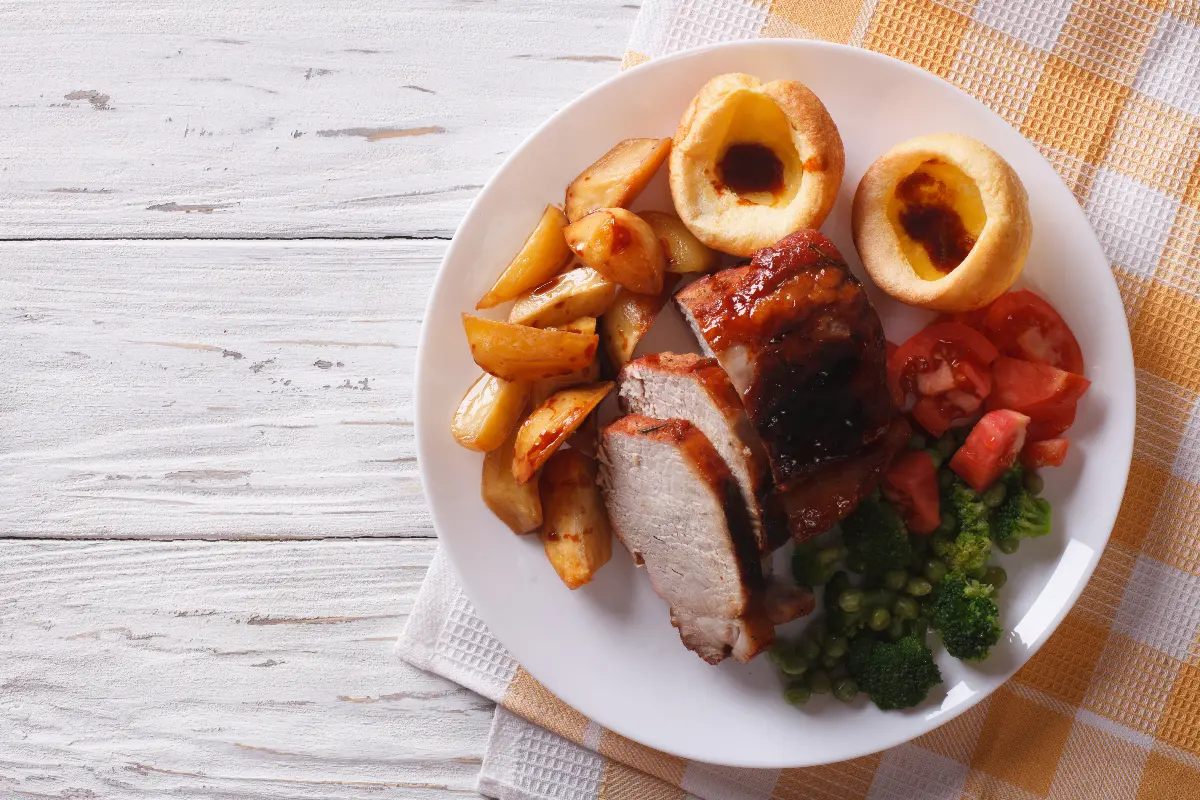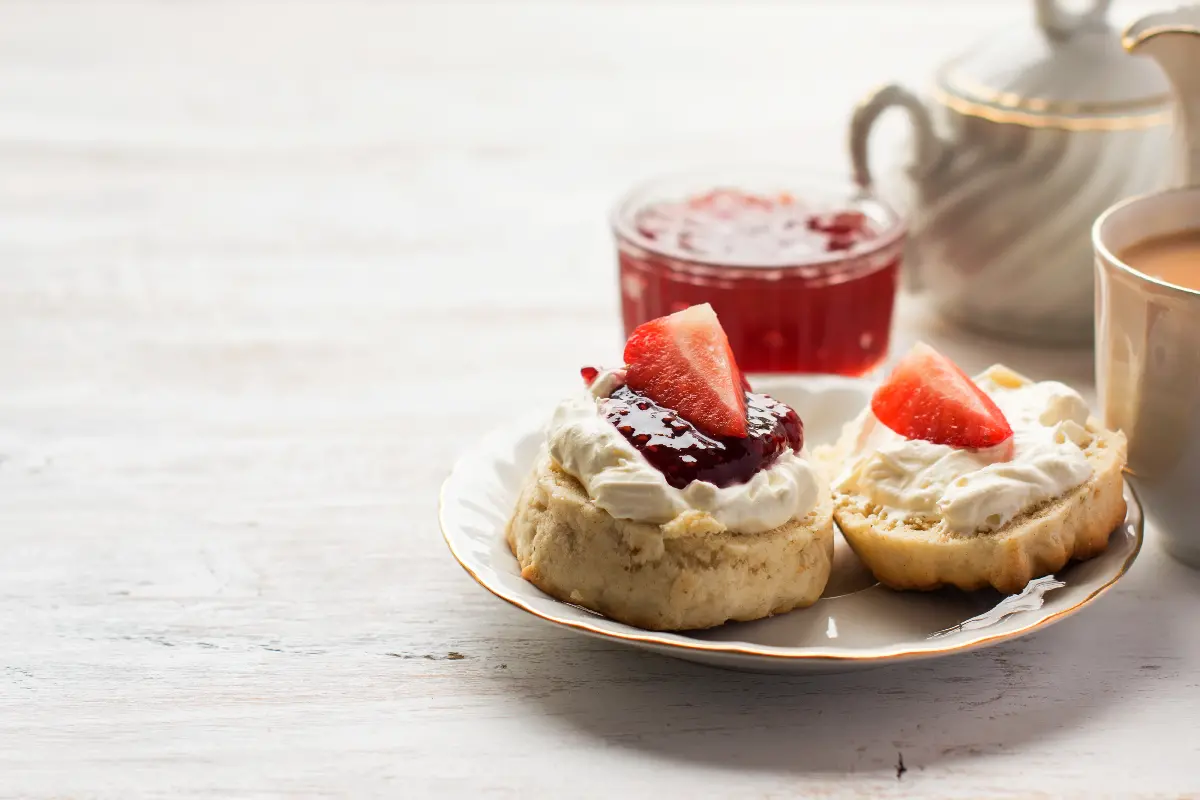Embarking on a culinary journey through England is akin to stepping into a tapestry of rich history and vibrant culture, where every dish tells a tale of time-honoured traditions. For the food connoisseur looking to savour the nation’s gastronomic legacy, there are a handful of quintessential English dishes that stand out as delicious markers of the country's heritage. These timeless recipes have endured centuries and continue to be cherished by both locals and visitors alike.
Perhaps the most iconic of all English dishes is the cherished Sunday roast, a weekly ritual that dates back to mediaeval times. This hearty feast typically features roast beef, though variations with lamb, chicken, or pork are equally common. The meat is accompanied by roast potatoes, perfectly crispy on the outside and fluffy inside, along with a selection of seasonal vegetables such as carrots, peas, and Brussels sprouts. No Sunday roast is complete without Yorkshire pudding, an airy, savoury batter that rises in the oven and serves as the ideal vessel for a generous drizzle of rich gravy. The origins of the Yorkshire pudding lie in the northern county for which it is named, where it was traditionally served before the main meal to temper the appetite.

Another enduring staple is fish and chips, a dish imprinted in the very fabric of British culture. Dating back to the 1860s, this comfort food combines battered and fried fish (commonly cod or haddock) with a mountain of steaming hot chips, often wrapped in paper for takeout. Originally sold at street stalls, fish and chips became a symbol of British working-class sustenance during the industrial revolution. Served with a side of mushy peas and seasoned with malt vinegar and a pinch of salt, this dish offers a simple yet deeply satisfying taste experience that's become synonymous with English food.
No conversation about English cuisine is complete without mentioning the beloved full English breakfast. Also known as a "fry-up," this robust start to the day typically includes bacon, sausages, eggs, tomatoes, mushrooms, toast, and beans. Every region has its own twist on the components, but the essence of the full English is its unwavering ability to satisfy even the most voracious of appetites. Its origins trace back to the bountiful English country houses, where such a breakfast was seen as a display of the wealth and hospitality of the host.

Lastly, no list of English culinary classics would be complete without the humble yet delightful scone. A key component of the traditional cream tea, particularly prevalent in Devon and Cornwall, scones are a light, slightly sweetened tea-time treat. Best enjoyed warm with a dollop of clotted cream and strawberry jam, the scone incites much debate over the correct order of toppings—a debate almost as old as the treat itself. The scone is a testament to the English love affair with teatime, an institution in itself.

Each of these dishes, rich in flavour and history, is a window into the soul of English cuisine. They bear the marks of local ingredients, regional variations, and the passage of time, evolving into the cherished classics that continue to define the national palate. Sampling these five quintessential dishes offers an enriching insight into the English way of life and its culinary traditions. While they cater to different tastes and occasions, they collectively illustrate the importance of food as a cultural touchstone and as a form of celebration, sustenance, and comfort for the people of England. Whether it’s in a bustling city pub, a quaint countryside inn, or the comfort of a home kitchen, tasting these traditional dishes invites one to truly taste the tradition of England.
